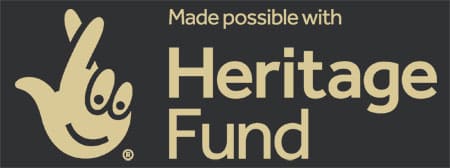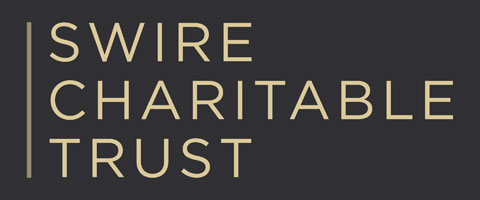Websites
- Straw Craftsmen http://www.strawcraftsmen.co.uk/
- Hat Plait http://www.hatplait.co.uk
- MERL https://merl.reading.ac.uk/collections/coker-alec-straw-dolly/
- Museum of British Folklore http://www.museumofbritishfolklore.com
- Pitt Rivers https://www.prm.ox.ac.uk/collections-online
Magazines
- Corn Dolly Newsletter
- Straw Craftsmen News – newsletter of Straw Craftsmen
Research Papers
- Various papers in Folk Lore and Folk Life Journals
- Journal of Ethnological Studies, Folk Life, volume 37 (1998-99) pp. 44-63. Main, Veronica, ‘Corn Dollies: Searching for the Seed of Truth’
Partial list of publications
- Corn Dolly Newsletter Team, A Handful of Straw
- Johnson, Doris, The Complete Book of Straw Craft and Corn Dollies
- White, Emmie, Making Corn Dollies A Guide for Beginners
- White, Emmie, Corn Dollies from the start
- Hutton Ronald, The Stations of the Sun
- Sandford, Lettice, and Davis, Philla, Decorative Straw Work
- Sandford, Lettice, Straw Work and Corn Dollies
- Lambeth, Minnie, Shire Publication Discovering Corn Dollies
- Lambeth, Minnie, The Golden Dolly the Art, Mystery and History of Corn Dollies Through the Ages describing all types and how to make them
- Reid, Stephen J, The Art of Weaving Corn Dollies
- Women’s Institute, Corn Dollies a WI Home Skills guide to the craft behind the legend
- Women’s Institute, Corn Dollies and how to make them. Book one
- Women’s Institute, Corn Dollies and how to make them. Book two
Museums holding research collections:
- Museum of English Rural Life, Reading
- Wardown House Museum and Art Gallery, Luton
- Pitt Rivers, Oxford
- Great Bardfield Museum. Essex
- Compton Verney, Warwickshire
- St Fagan’s, Cardiff






